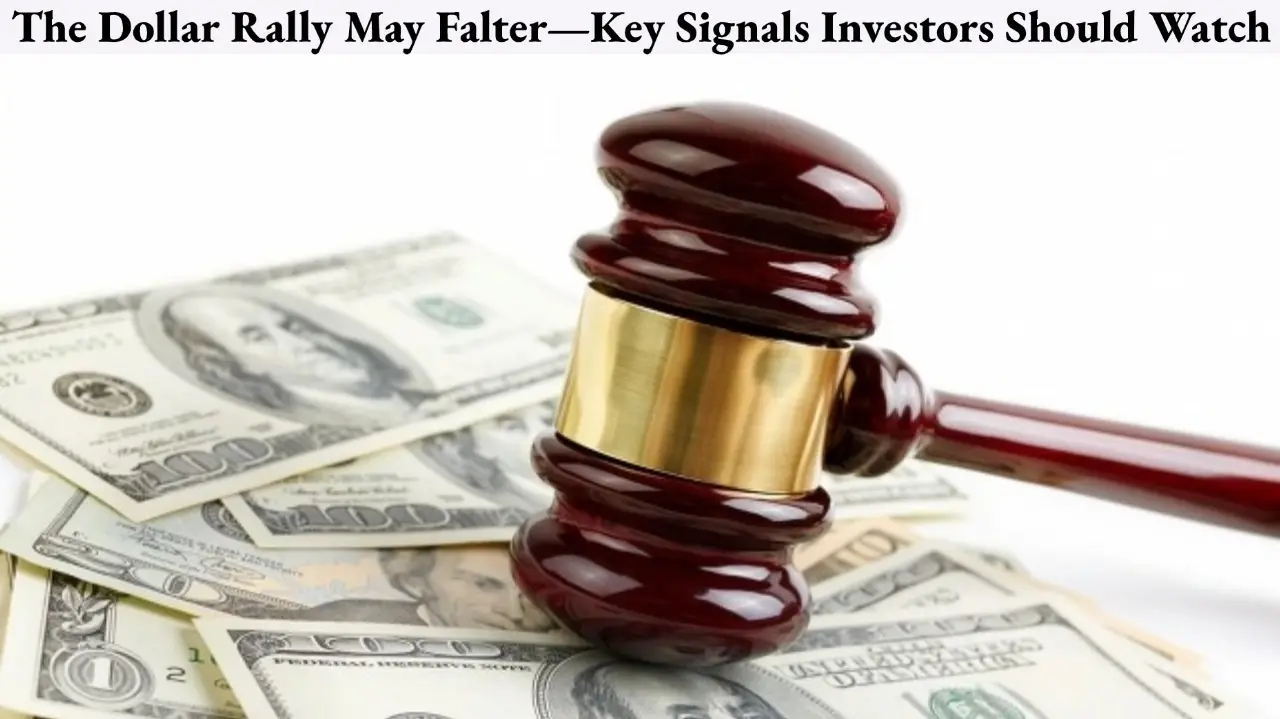简体中文
繁體中文
English
Pусский
日本語
ภาษาไทย
Tiếng Việt
Bahasa Indonesia
Español
हिन्दी
Filippiiniläinen
Français
Deutsch
Português
Türkçe
한국어
العربية
Attention! Goldman Sachs Cuts Gold Target to $2910
Abstract:As the Fed slows rate cuts, gold's price growth may be limited. Goldman Sachs revised its short-term forecast, expecting gold to reach $3,000 per ounce by mid-2026.

Gold prices surged by 27% in 2024, hitting a record high, thanks to a combination of U.S. monetary easing, rising demand for safe-haven assets, and central banks worldwide continuing to purchase gold. However, since November 2023, the price growth has slowed. This is mainly due to the stronger U.S. dollar following Donald Trump's election and the Fed's shift towards a more cautious approach in cutting rates amidst ongoing inflation concerns.
Goldman Sachs has adjusted its gold price forecast, predicting that the slower pace of U.S. monetary policy easing in 2025 will limit demand for gold ETFs. As a result, Goldman now expects the price of gold to reach $2,910 per ounce by the end of 2024, down from its previous projection of $3,000 per ounce. The firm expects gold to reach $3,000 per ounce by mid-2026 as the Fed continues easing.
The firm also expects the Fed to cut interest rates by 75 basis points this year, lower than the previously forecast 100 basis points, though this is still more dovish than current market expectations.
U.S. Employment Data and Inflation Concerns
This Friday, the market will closely watch the U.S. monthly employment report, which is expected to show a slowdown in job growth for December, while the unemployment rate holds steady at 4.2%. These figures could play a significant role in shaping future Fed policy, especially considering the central bank has already indicated that rate cuts will be more measured in 2024.
As Donald Trump is set to be inaugurated on January 20, his economic policies, including corporate tax cuts, deregulation, and trade protectionism, may stimulate corporate profits and boost economic growth. However, they also carry the risk of increasing inflationary pressures. For example, Trump's proposal to reduce the corporate tax rate from 21% to 15% could fuel demand but may also push up prices, creating inflationary challenges for the Fed.
Impact on Gold's Outlook
Overall, while the gold market has benefitted from supportive U.S. monetary policies and global uncertainty, the slowing pace of Fed rate cuts in the coming years may reduce upward pressure on prices. Investors will continue to watch key economic data, including U.S. employment reports and inflation trends, to gauge the future trajectory of gold. The interplay between inflation, monetary policy, and global economic conditions will likely be critical in shaping gold's price movements in the near future.

Disclaimer:
The views in this article only represent the author's personal views, and do not constitute investment advice on this platform. This platform does not guarantee the accuracy, completeness and timeliness of the information in the article, and will not be liable for any loss caused by the use of or reliance on the information in the article.
Read more

The Forces That Move Markets & How to Read Them
The financial markets are always moving, reacting to news, data, and changes in how people feel about the economy. Understanding what causes these changes is important for anyone involved in trading or investing

The Dollar Rally May Falter—Key Signals Investors Should Watch
The recent performance of the U.S. Dollar Index (DXY) in global forex markets has revealed a noticeable divergence.

Interactive Brokers Adds Ping An of China ETF to No-Fee Program
Interactive Brokers now includes Ping An of China CSI HK Dividend ETF in its no-transaction-fee program, offering investors low-cost access to Hong Kong’s top dividend-paying stocks.

eToro Broker Review: Something You Need to Know
As a reputable broker that has offered services for decades, eToro has played a significant role in the industry. However, it doesn’t mean it suits every trader. Besides, WikiFX has recently received more than 40 complaints against a broker called eToro. In today’s article, we will offer you a comprehensive review of this broker so that you can have a close overall look at eToro.
WikiFX Broker
Latest News
WikiFX “Elite’s View on the Challenge: Dialogue with Global Investment Leaders” Concludes Successful
Plus500 Review 2025: Trusted CFD Broker with Top Features Unveiled
Plus500 Q1 2025: Strong Growth Amid Trade War, Mehta Acquisition
Judge Reviews Sanctions Against CFTC in My Forex Funds Fraud Case
BaFin Issues Series of Warnings Against Unlicensed Financial Websites Exploiting German Consumers
All About BotBro: Unregulated Forex Scam Costs Investors Millions
NCC Bank Review: Expanding Services Amid Regulatory Concerns
eToro Broker Review: Something You Need to Know
RM4.8 Million Gigamax Scandal: Investors Still Waiting for Answers
Interactive Brokers Adds Ping An of China ETF to No-Fee Program
Currency Calculator


